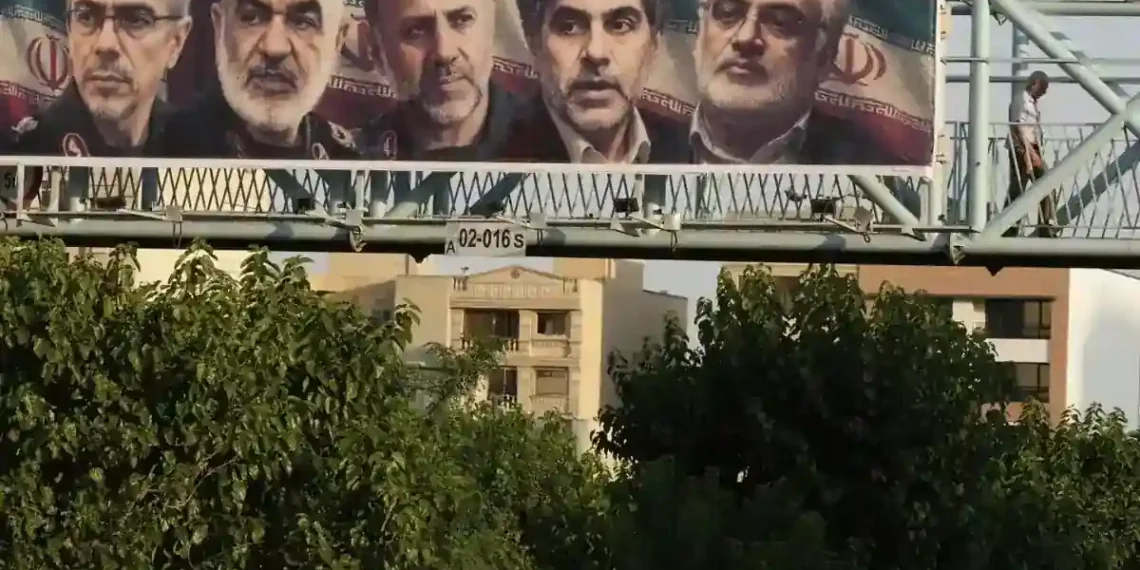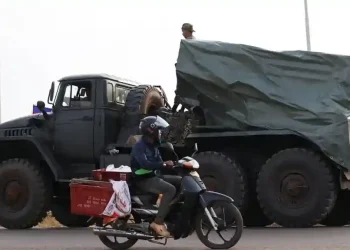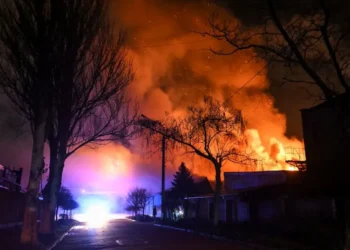Israel Stunned Iran With a Decades-in-the-Making Spy Operation Using Drones, AI, and Precision Strikes
JERUSALEM — In a bold and highly coordinated military and intelligence operation, Israel shocked Iran last week with a surprise attack that dismantled large portions of Iran’s air defenses, targeted its nuclear infrastructure, and killed senior military leaders — all with the help of AI, smuggled drones, and years of deep espionage.
This wasn’t a spontaneous strike. According to Israeli officials, the operation — codenamed “Operation Rising Lion” — was years in the making and marks one of the most sophisticated uses of combined human intelligence and artificial intelligence in modern warfare.
A Surprise Move, Years in the Making
The strike was launched late Friday, just days before another round of nuclear negotiations was scheduled to begin in Oman. Many in Tehran apparently assumed Israel wouldn’t attack while talks with the U.S. were underway — a miscalculation that allowed Israel to take full advantage of the element of surprise.
Israeli warplanes, backed by precision drone strikes and intelligence gathered by undercover agents, quickly overwhelmed Iranian missile systems and air defenses, creating enough space to carry out a broader assault on key nuclear and military sites.
Officials said the assault severely crippled Iran’s ability to retaliate. By the time Iranian forces responded, much of their strike capability had already been neutralized.
“This attack is the culmination of years of work by the Mossad to target Iran’s nuclear program,” said Sima Shine, former head of research at Israel’s Mossad intelligence agency.
How the Attack Was Pulled Off
The operation was built on a foundation of espionage, covert weapons transfers, and modern tech:
- Smuggled drones: Israeli agents reportedly spent three years sneaking small armed drones into Iran, concealing them in civilian vehicles. These drones were placed near Iranian air-defense sites and launched from within the country at the start of the attack.
- AI-assisted targeting: Israel used artificial intelligence to rapidly process massive amounts of surveillance and communication data. The tech helped map out which individuals and sites posed the biggest threat and sorted targets into categories like leadership, infrastructure, and military capability.
- Human intelligence: Alongside AI, Israeli spies on the ground helped pinpoint locations of top Iranian generals and nuclear scientists. Mossad operatives worked closely with local assets to stage the attacks from within Iran’s own borders.
- Vehicle strikes: In a tactic echoing Ukrainian strategies against Russia, Israeli forces targeted vehicles transporting missile systems and tactical drones.
Who Was Targeted — and Killed
Among the high-profile casualties were:
- Gen. Hossein Salami, commander of Iran’s Revolutionary Guard.
- Gen. Mohammed Bagheri, Iran’s armed forces chief of staff.
- Eight other senior Revolutionary Guard officials, including the head of Iran’s missile program, reportedly killed in a single bunker strike.
According to a senior Israeli intelligence officer, the goal was to strike “leadership nodes” of the Revolutionary Guard and key figures in Iran’s nuclear apparatus — both as a strategic blow and as a message.
Why Now?
Prime Minister Benjamin Netanyahu has long insisted that neutralizing Iran’s nuclear capabilities is essential for Israel’s survival. Iran’s leadership has continued enriching uranium close to weapons-grade levels — despite U.S. diplomatic efforts and warnings from international watchdogs.
With talks at a stalemate and Iran pressing ahead, Netanyahu apparently decided the time for preemptive diplomacy had passed.
Iran maintains its nuclear program is strictly for peaceful purposes, but Israeli intelligence has consistently worked under the assumption that the endgame is a nuclear weapon.
A Long History of Shadow War
This wasn’t Israel’s first clandestine operation inside Iran — just its most dramatic. The Mossad is believed to be behind:
- The Stuxnet cyberattack in the 2000s that sabotaged Iran’s nuclear centrifuges.
- The 2018 raid that extracted a secret Iranian nuclear archive from Tehran.
- The 2024 assassination of senior Hamas leader Ismail Haniyeh inside a Tehran guesthouse.
Israel has also repeatedly targeted Iranian proxies in Syria and Lebanon, all part of what Netanyahu calls a “multi-front campaign to defend the homeland.”
Iran’s Response: Limited and Scrambling
Iranian authorities acknowledged discovering vehicles carrying tactical drones and blamed “traitors” for helping foreign agents. Their air defense forces scrambled to intercept incoming attacks but were reportedly overwhelmed.
The country’s police chief, Gen. Ahmadreza Radan, confirmed some drones were intercepted — but many more got through. Iranian state TV aired footage of damaged vehicles and facilities, though the full extent of the destruction remains unclear.
What Comes Next?
While Iran’s ability to strike back may be temporarily crippled, tensions in the region are higher than ever. Israeli officials say they’re prepared for potential retaliation and view this operation as part of a larger, ongoing campaign to contain Iranian aggression and nuclear ambitions.
“This didn’t come out of nowhere,” said retired Israeli Brig. Gen. Amir Avivi. “It was the result of years of Israeli intelligence work and a robust presence deep inside Iran.”
This article was rewritten by JournosNews.com based on verified reporting from trusted sources. The content has been independently reviewed, fact-checked, and edited for accuracy, neutrality, tone, and global readability in accordance with Google News and AdSense standards.
All opinions, quotes, or statements from contributors, experts, or sourced organizations do not necessarily reflect the views of JournosNews.com. JournosNews.com maintains full editorial independence from any external funders, sponsors, or organizations.
Stay informed with JournosNews.com — your trusted source for verified global reporting and in-depth analysis. Follow us on Google News, BlueSky, and X for real-time updates.














